
Healthy habits every creative should follow to boost productivity & inspiration
- 8 min read
- -
Creativity is not a lightning strike. It’s a current, one that stays alive through rituals rather than random bursts. The difference between “waiting for inspiration” and “producing work that resonates” lies in habits. Repeatable actions that sharpen the senses, sustain energy, and make space for ideas to land.
This isn’t another vague list. Each habit here comes with a task you can measure and a KPI that tells you whether you’re actually building creative momentum. Call it a survival kit for the modern creative: seasoned, realistic, and just romantic enough to remind you why you started.
01. Design a Minimal Viable Day (MVD)
On days when energy is scarce, your “minimum viable day” is the parachute.
A “minimum viable day” is a stripped-down routine that ensures progress no matter how uninspired you feel.
Maybe it’s five minutes of stretching, ten minutes of a warm-up exercise, and one small step on a project.
Here’s an example:
- 5 min: breathe, stretch, sunlight or balcony air
- 10 min: “warm‑up reps” (journal up to 150 words or sketch some of your ideas)
- 15-min walk in your neighborhood
- 5 min: list tomorrow’s first action
That way, you’ll prevent “zero days,” and over time the compound effect of micro-actions is remarkable.
On glorious days, you’ll exceed it. On hard days, you’ll at least have moved, and that’s the point.
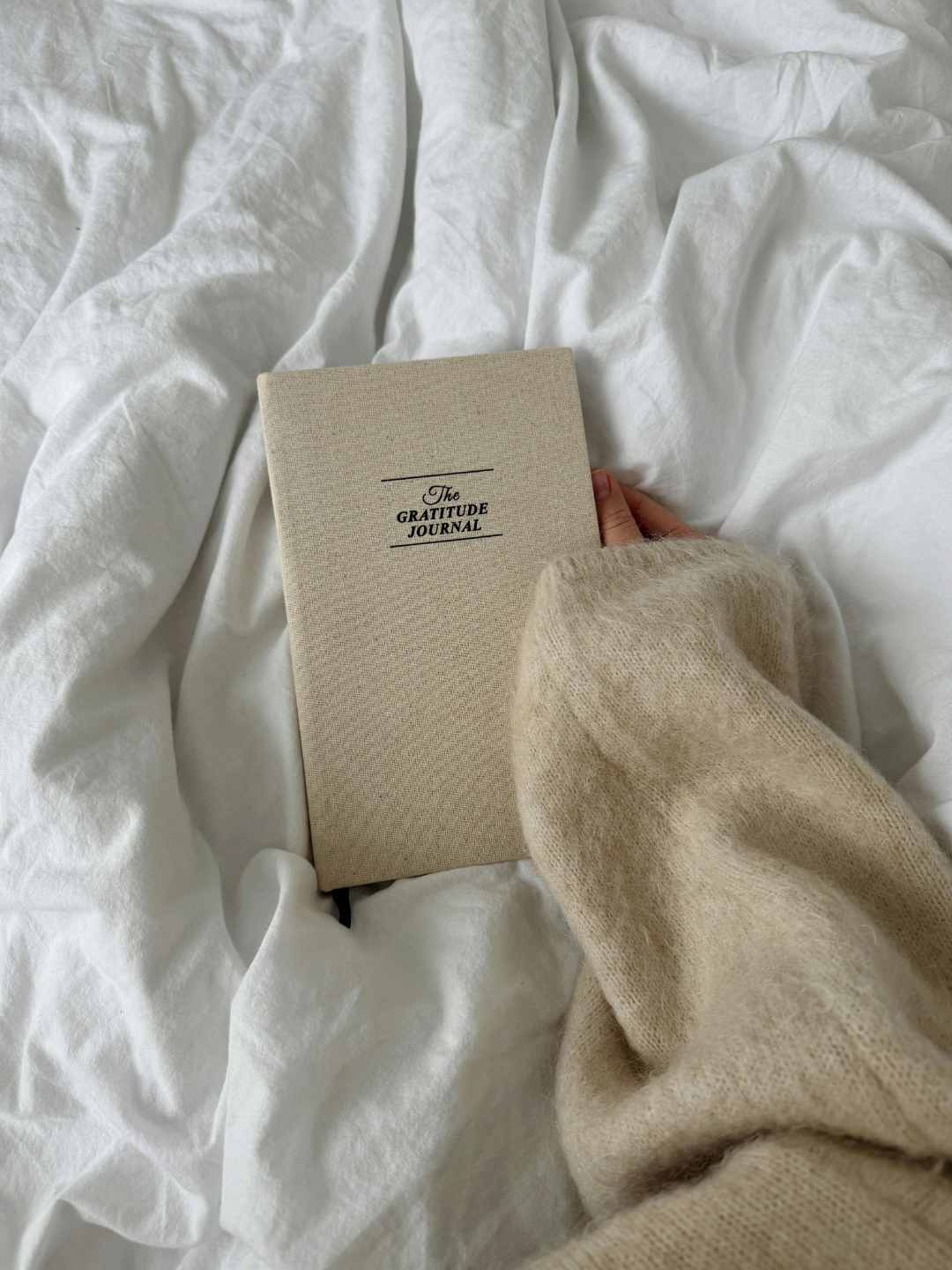
02. Warm up your senses
Similar to how athletes warm up their bodies before a workout, priming our senses before tackling big tasks is helpful.
Before output, tune your input. Creativity begins with perception, not production. Treat your senses like an instrument and give them a scale to practice each morning.
Here’s what you can do:
- Step outside and write down three colors you see that you can’t name.
- Close your eyes and list five sounds in order of distance.
- Copy one sentence from a book you admire, then write a variation in your own words.
This small ritual wakes up your awareness. And awareness, sharpened daily, becomes the bedrock of your creative vocabulary.
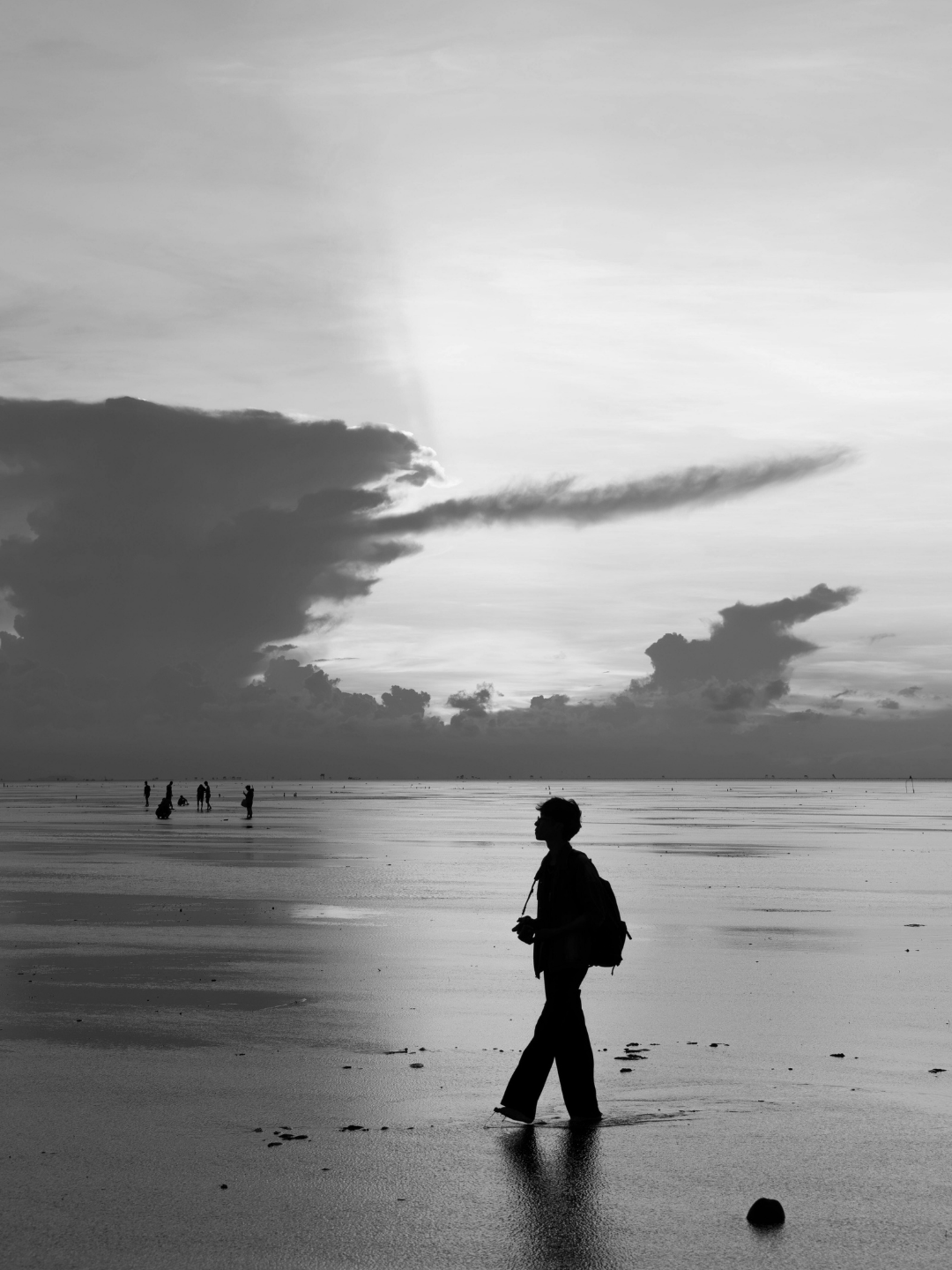
03. Delay your coffee ritual
Fully aware this might upset some loyalties, but reaching for coffee in the first two hours of your day is a trap disguised as a treat.
Caffeine spikes your cortisol levels, which will naturally be rising in the morning. Yes, it makes you alert, but it also sets you up for the infamous mid-day crash.
Instead, let your body wake itself up before you dose it. By the time you do have your first cup, usually around mid-morning, the lift is cleaner, steadier, and far less likely to betray you by 2 p.m.
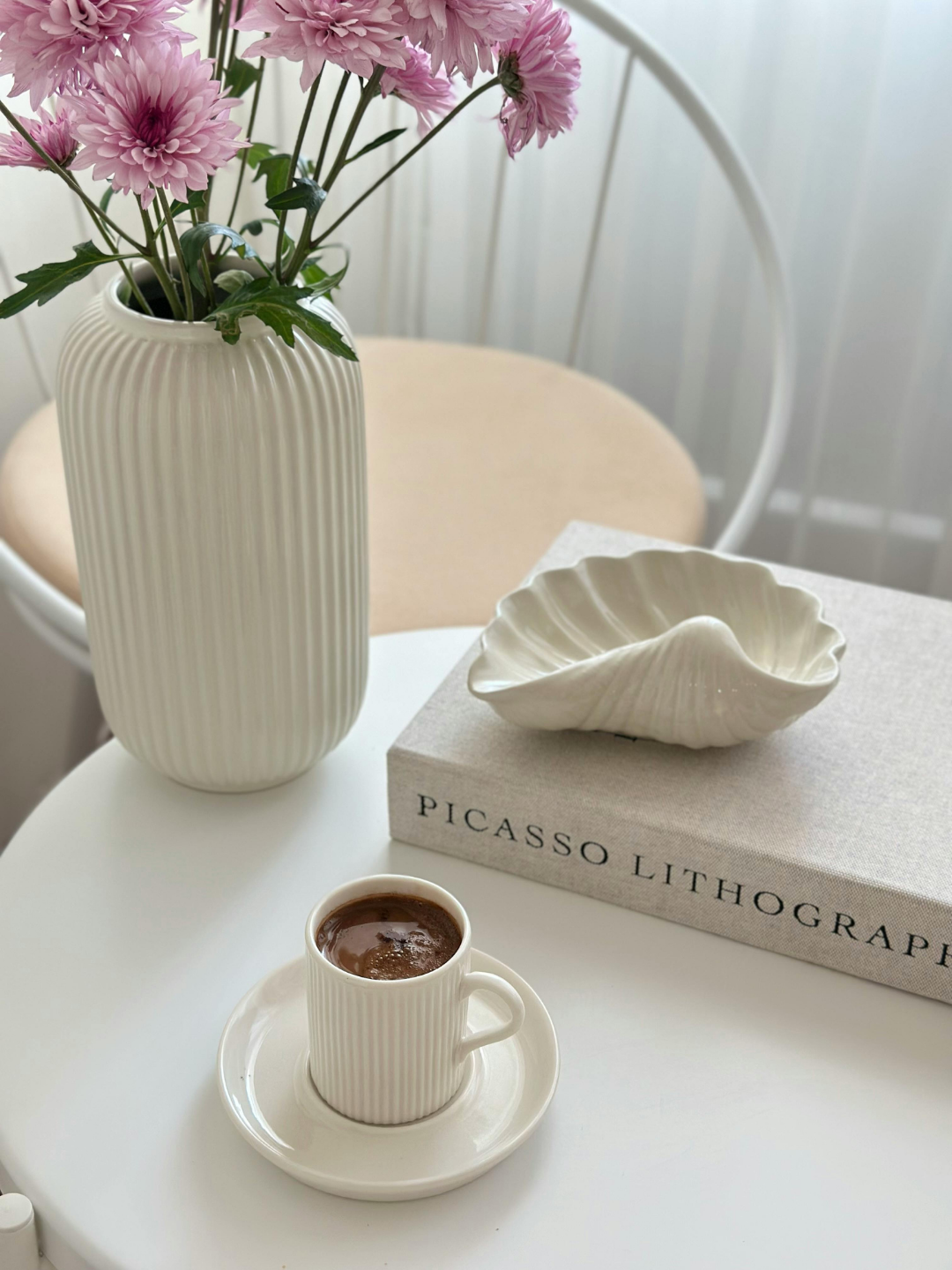
04. Work in focused sprints
Multitasking sells itself as efficiency, but in practice it’s a slow bleed of attention.
Creativity doesn’t thrive in fragments; it thrives in depth. That’s why sprinting (short, intentional blocks of focus) remains one of the most reliable structures for getting meaningful work done.
One method worth trying is the 20/50/30 split:
- 20% of your morning goes to clearing the runway: emails, urgent admin, the small but noisy tasks that otherwise hover over your head. Each task should take no longer than 10 minutes. If it takes longer, you push it towards the 50%.
- 50% is reserved for the hard work: the heavy-lift project, the draft, the edit, the strategic thinking that requires full presence. This is where you earn your day.
- The final 30% is left for the nimble tasks, the shorter bursts that demand inspiration and play, the work you can approach with a lighter touch once the hardest piece is behind you.
By front-loading the heavy effort, you free the rest of the day for curiosity rather than dread. You’ve done the work that anchors your output, which means your mind can now roam without guilt, exactly the kind of looseness where creative sparks tend to appear.
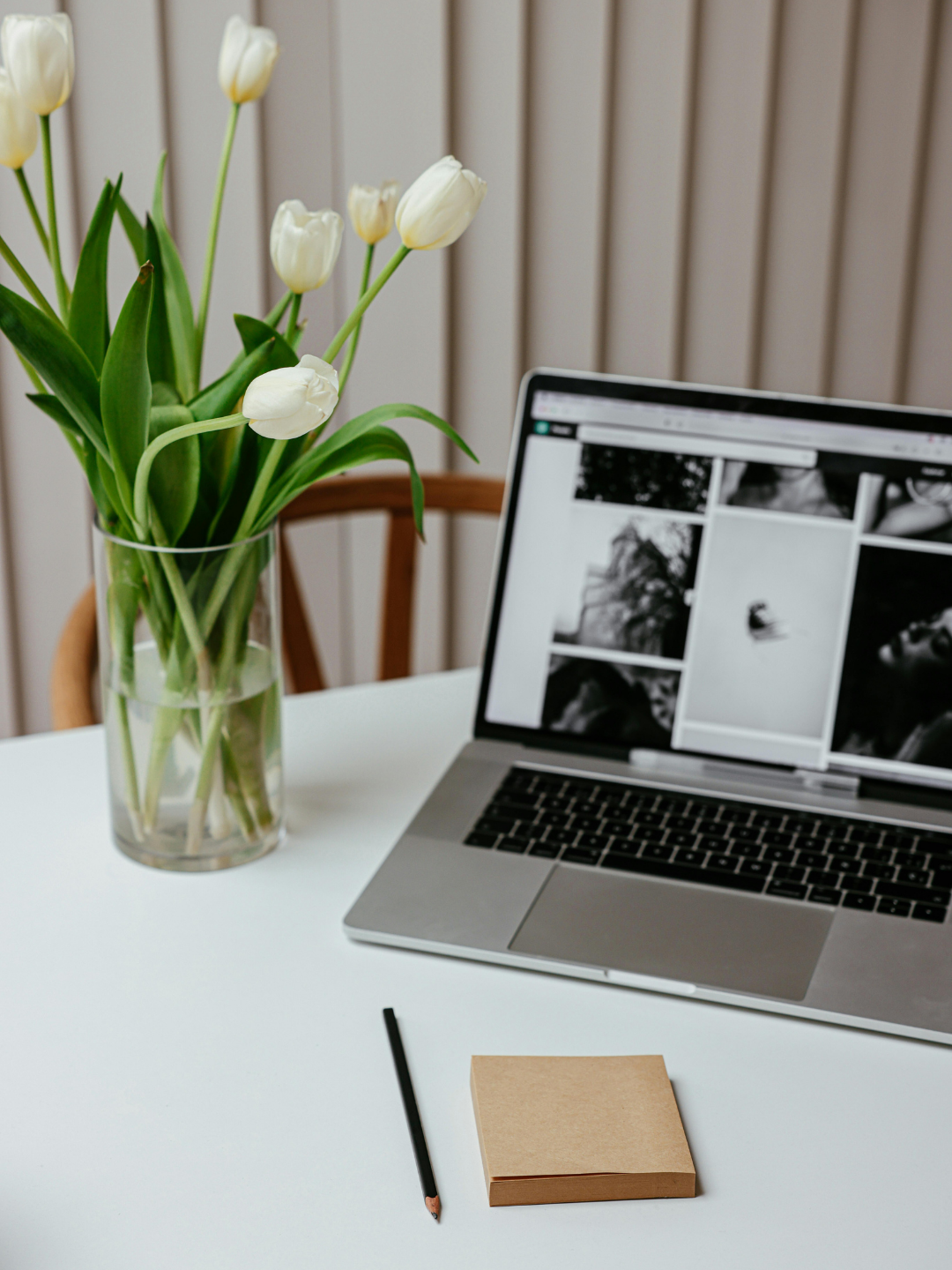
05. Schedule weekly artist dates
You can’t only pour out; you have to fill the well.
Once a week, take yourself on what Julia Cameron called an “artist date”: time spent absorbing the world, not producing it.
You can:
- Visit a gallery or exhibition without your camera (carry a journal to log your thoughts)
- Wander through a farmer’s market and buy one ingredient you’ve never cooked with.
- Spend an hour in a second-hand bookshop, letting titles choose you.
The rule: go alone. Let curiosity, not productivity, guide you.
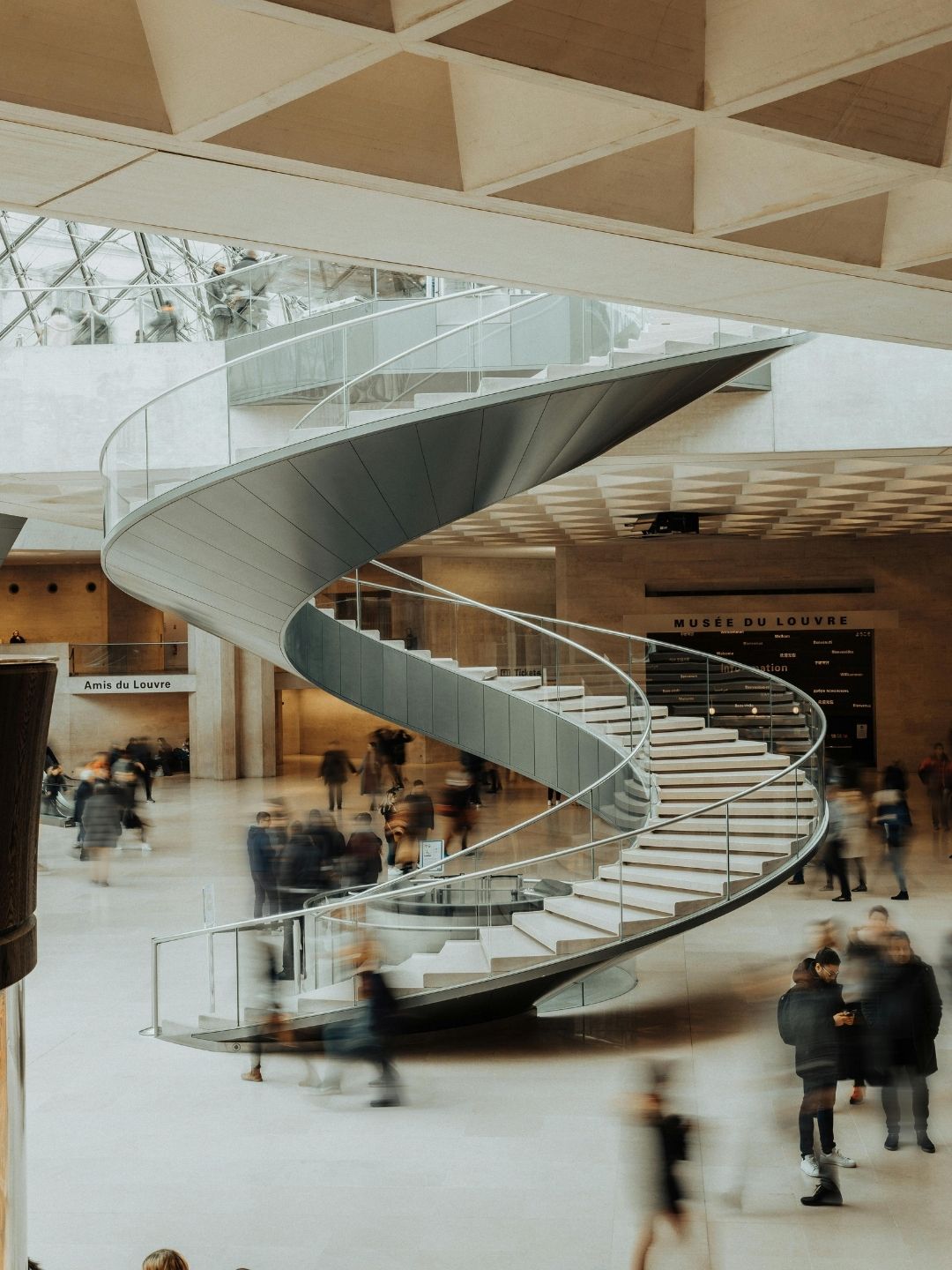
06. Practice patience while crafting
Perfectionism and urgency are sworn enemies. One demands endless tinkering, the other insists on rushing to publish. Both rob you of clarity. The real art is in practicing patience and giving ideas the space to ripen without trapping them in paralysis.
The antidote is a rhythm: done, then better. Create something small, release it, and then let time do part of the work. If, months later, you return and see flaws, approach them with fresh eyes and refine. That’s not failure, that’s evolution.
Creativity is meant to evolve. What looks imperfect now may be a stepping stone to something greater later. The goal isn’t perfection; it’s progression.
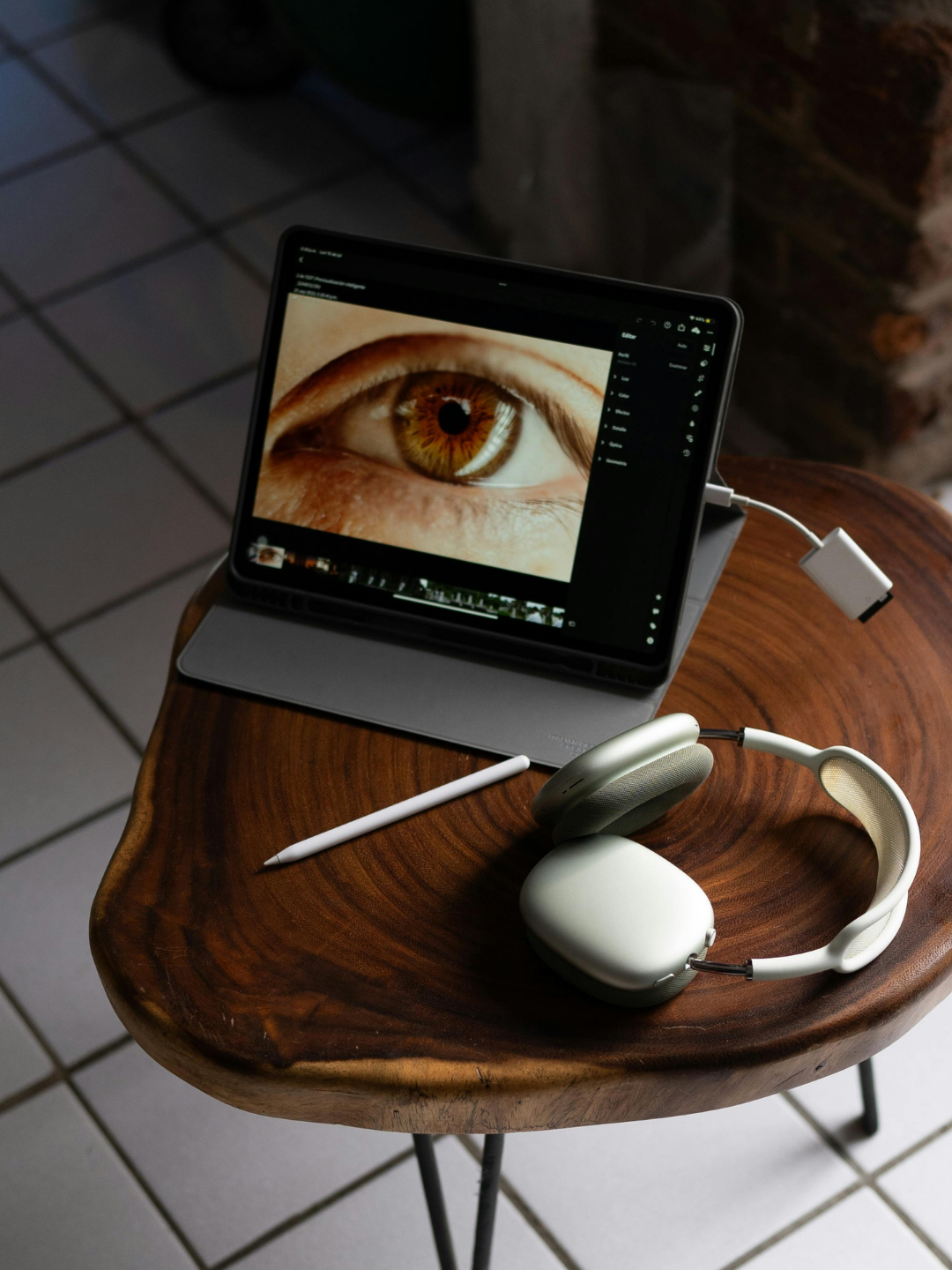
07. Train your aesthetic muscle
Creativity isn’t just talent, it’s a muscle you train. Monet painted the same haystacks at different times of day to study light. Picasso drew bulls thousands of times before reducing them to a single line. Georgia O’Keeffe sketched flowers endlessly before committing to canvas. Their secret? Repetition and observation.
To build your own style, create a weekly practice:
- Keep a style journal for light, color, texture, and rhythm.
- Add 2 new references each week: film stills, photos, or architecture.
- Recreate one in your medium, then add your own twist.
Over time, these micro-practices sharpen your creative eye, strengthen your intuition, and help you develop a style that feels uniquely yours.
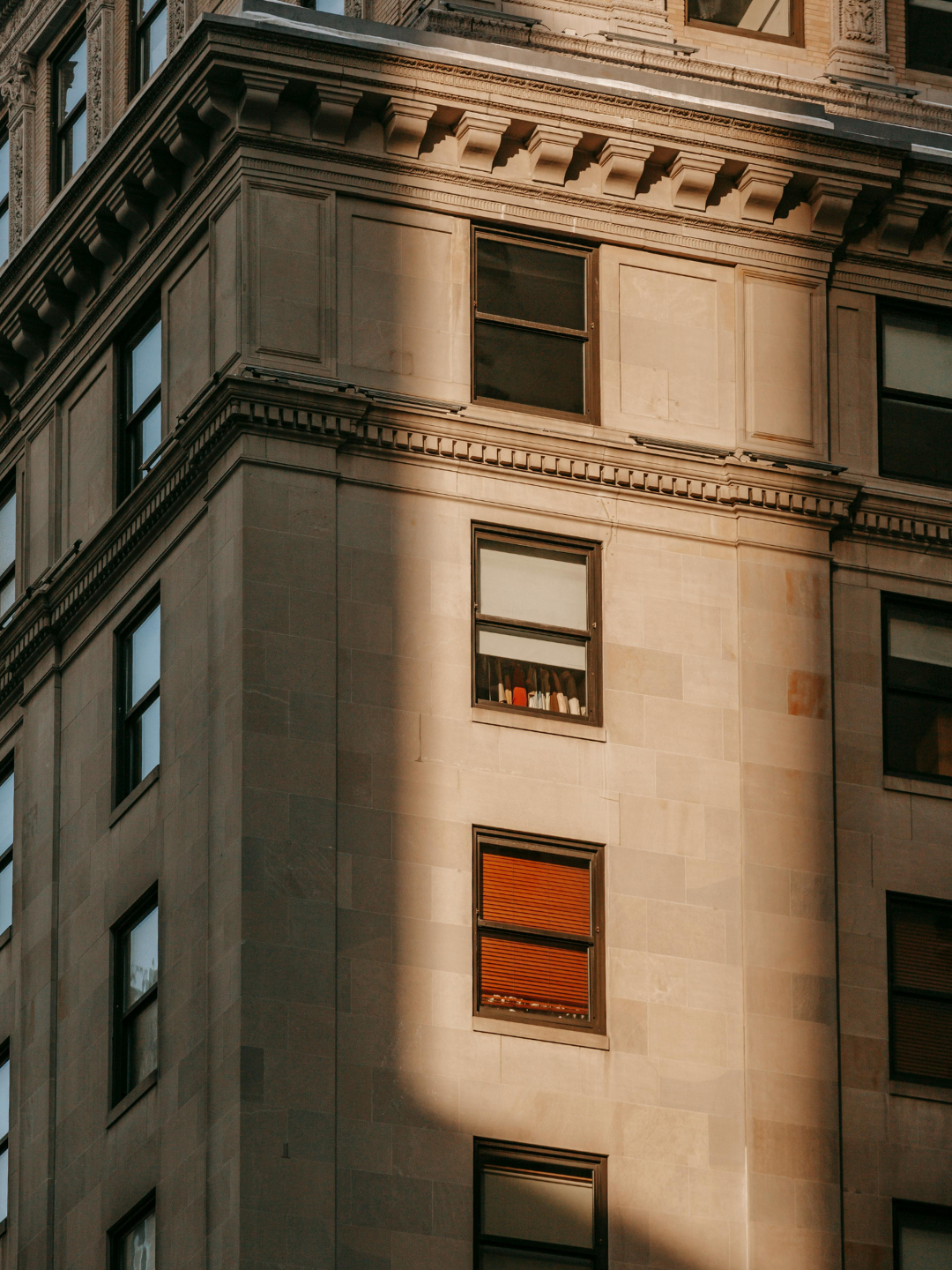
08. Keep your creative house in order
Behind great art is boring order. File names, backups, folder structures: they’re invisible, until they fail.
Here’s an example of how you can organize your files online.
- Name your hard drives.
- Save projects with clear names (YYYY-MM-DD_Project).
- Create v01, v02, v03 instead of “final, FINAL, use-this-one.”
- Back up daily: one drive, one cloud, one off-site.
Chaos is a tax on your attention. Order is the quiet gift you give future you.
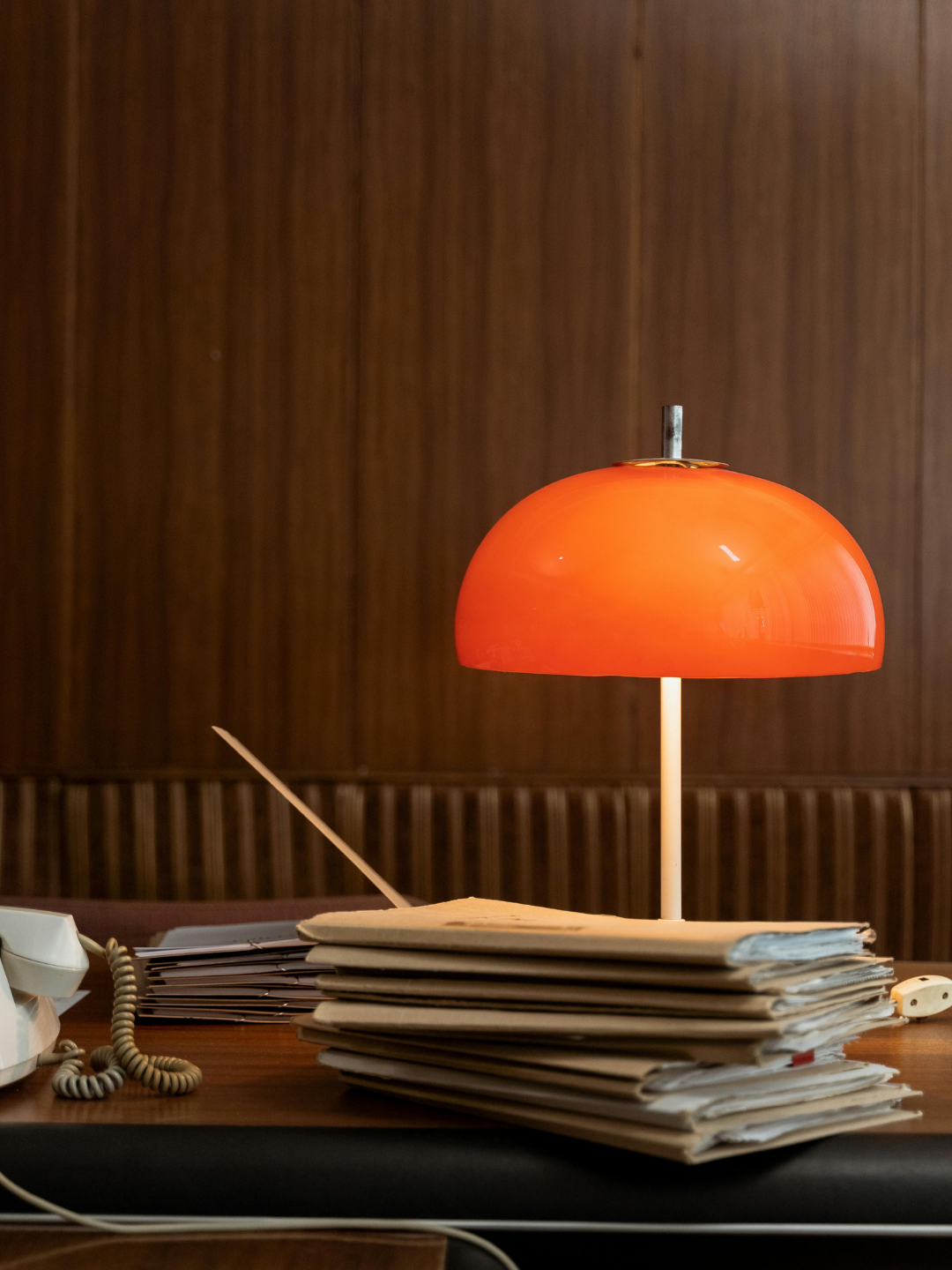
09. Nourish your creativity from the inside out
Nutrition is one of the most overlooked pillars of creativity, yet it directly affects clarity, energy, and mood. What you eat fuels not only your body, but also your focus, mood, and imagination. A diet that spikes and crashes your energy will do the same to your work.
The most sustainable habit for any creative is to treat food as part of the craft: fuel that sharpens, steadies, and sustains.
Here’s how to shift your diet without overcomplicating it:
- Start simple: build meals around whole foods, not processed snacks.
- Reduce the common triggers: experiment with cutting back on dairy, gluten, soy, and refined sugar for two weeks
- Hydrate deliberately: water first, then caffeine. Dehydration alone mimics fatigue and anxiety.
- Try a Humantra sachet (or LMNT), our favorite flavor is Lychee and Elderberry
- Think long-term fuel, not short-term fix: nuts, fruit, and herbal teas give steadier energy than sugary drinks or pastries.
Feeding yourself cleanly, consistently, and consciously is like sharpening your tools before each project. You’ll notice the difference, not only in how you feel, but in the quality of the work that flows from it.
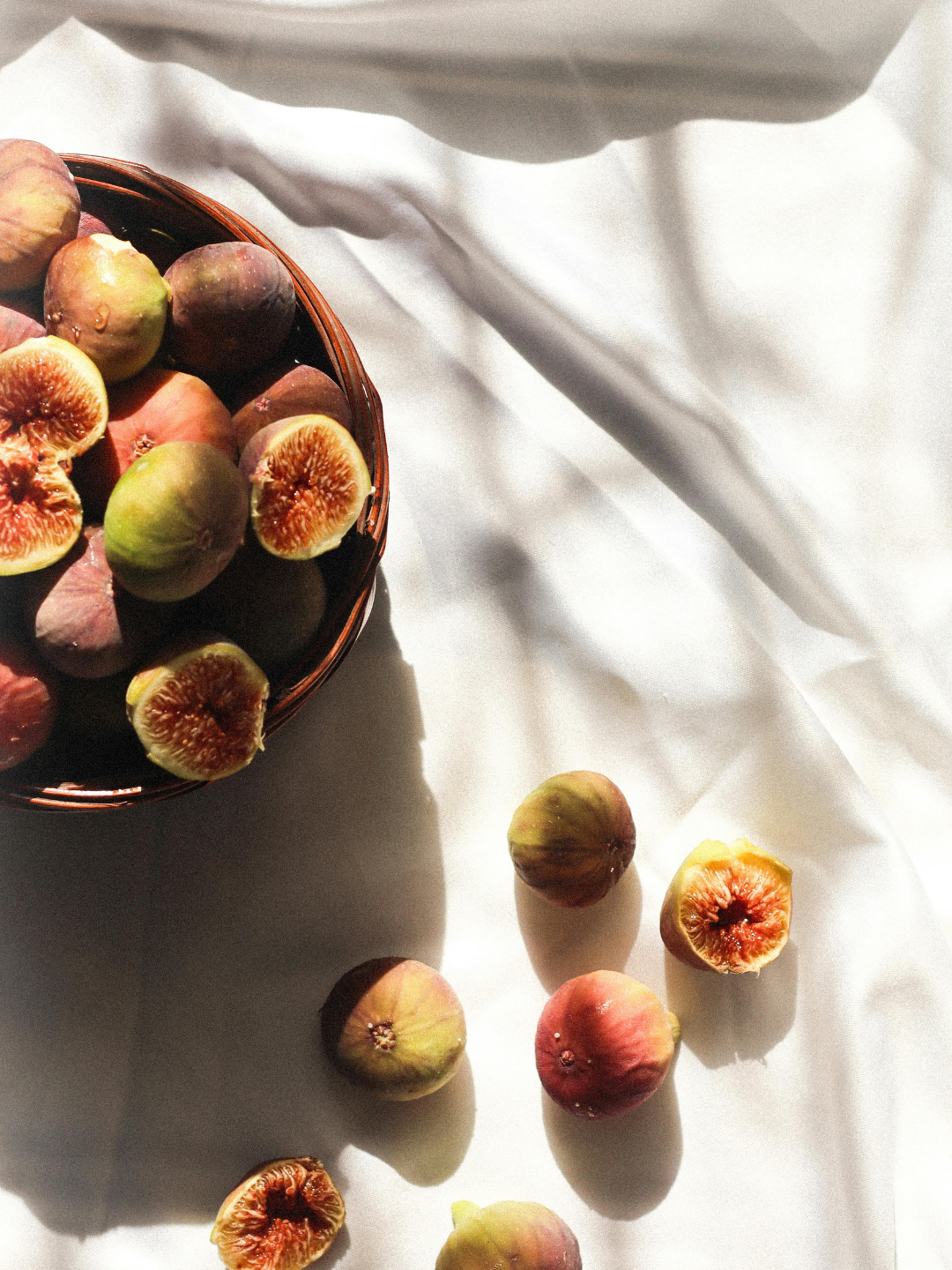
10. Sleep like it's part of the job
The most brilliant ideas often arrive not when we’re hunched over a desk at midnight, but when the brain has been given the chance to reset, consolidate, and wander.
Neuroscience shows that during deep sleep, the brain clears metabolic waste, strengthens memory pathways, and forges new connections between ideas. In other words: while you rest, your mind is editing, archiving, and (crucially) inventing.
Here’s how to sleep like it matters:
- Set a bedtime alarm. Treat it with the same seriousness as a morning alarm. When it rings, you’re done.
- Keep the room cool and dark. Light pollution disrupts circadian rhythms, and cooler temperatures signal the body it’s time to rest.
- Avoid screens an hour before bed. Blue light suppresses melatonin, the hormone that helps you fall asleep. Trade scrolling for reading, journaling, or stretching.
- Aim for seven to eight hours, non-negotiable. This is the window where REM and deep sleep cycles do the heavy lifting for memory and creativity.
- Experiment with naps. Short naps (20–30 minutes) can restore alertness; longer ones (90 minutes) give you a full sleep cycle.
The irony is this: the most efficient workflow you’ll ever find doesn’t happen while you’re awake. Sleep is the silent collaborator, turning fragments of thought into flashes of clarity. Protect it as fiercely as you protect your deadlines.
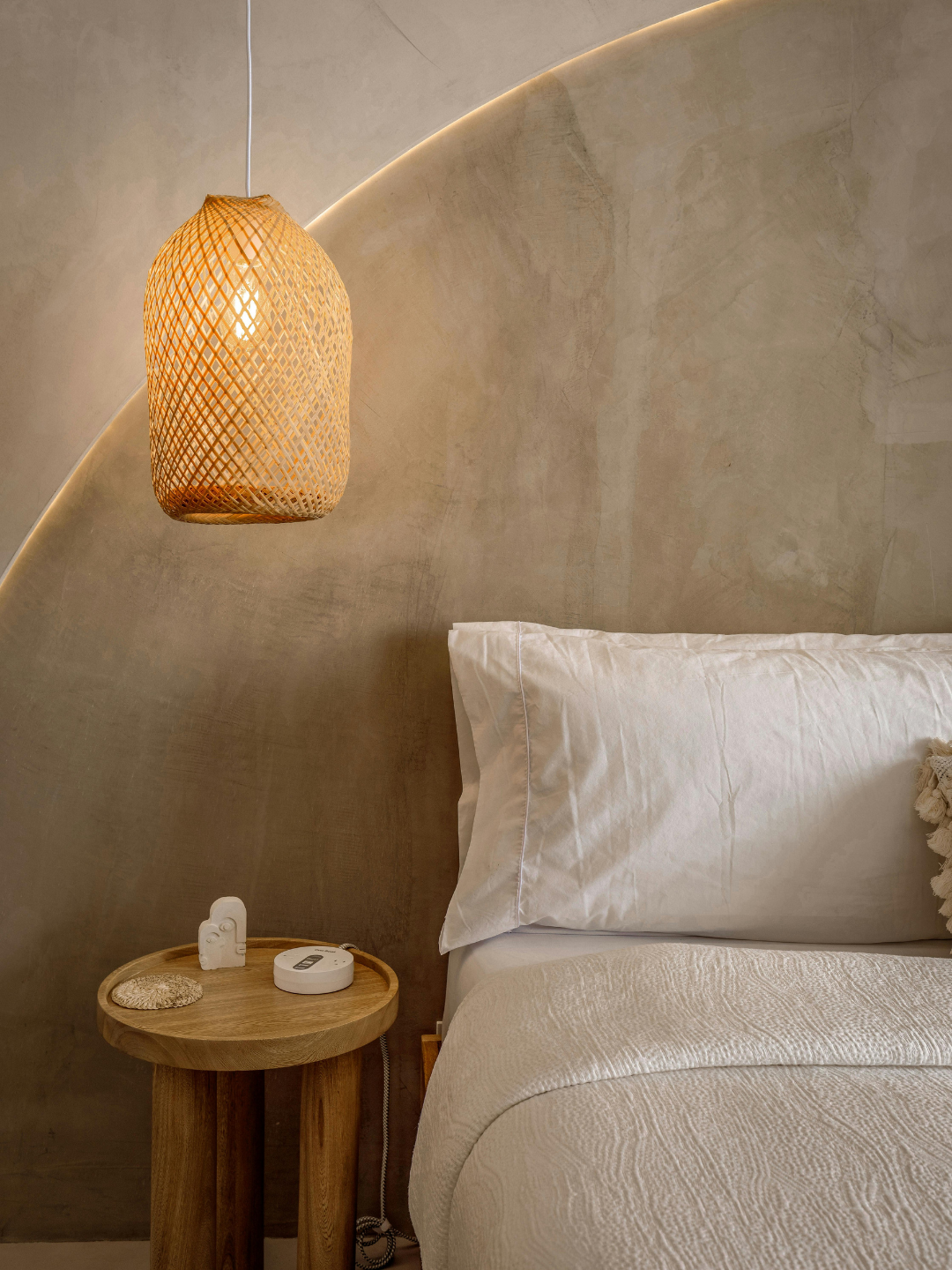
A creative life is made of two things: beauty and boredom. The beauty is in the work itself; the boredom is in the habits that hold it together. These rituals may look unromantic from the outside, but they are what let inspiration arrive without burning you out.
Adopt them, adapt them, and track them. When your habits do the heavy lifting quietly, your art can stay untamed. That’s the paradox of creative work: its wildest moments are built on the most disciplined foundations.
Subscribe to our newsletter
Get the best of The Mad Clouds straight to your inbox. Destination Guides, culture, photography and ideas, with expert analysis on the most meaningful stories in travel.
